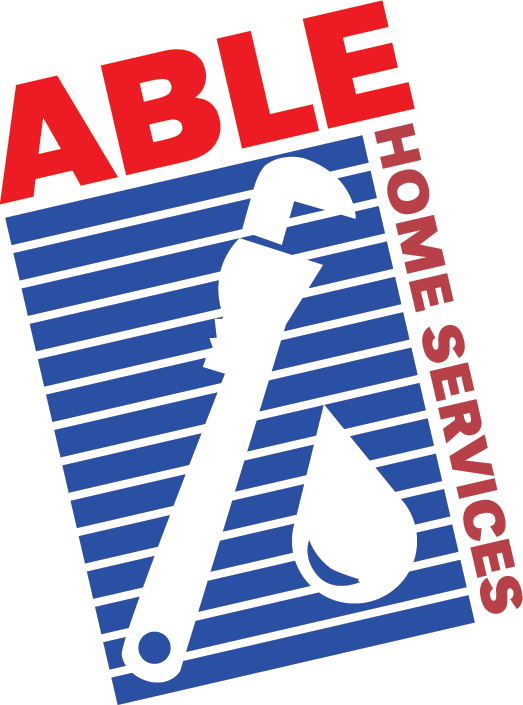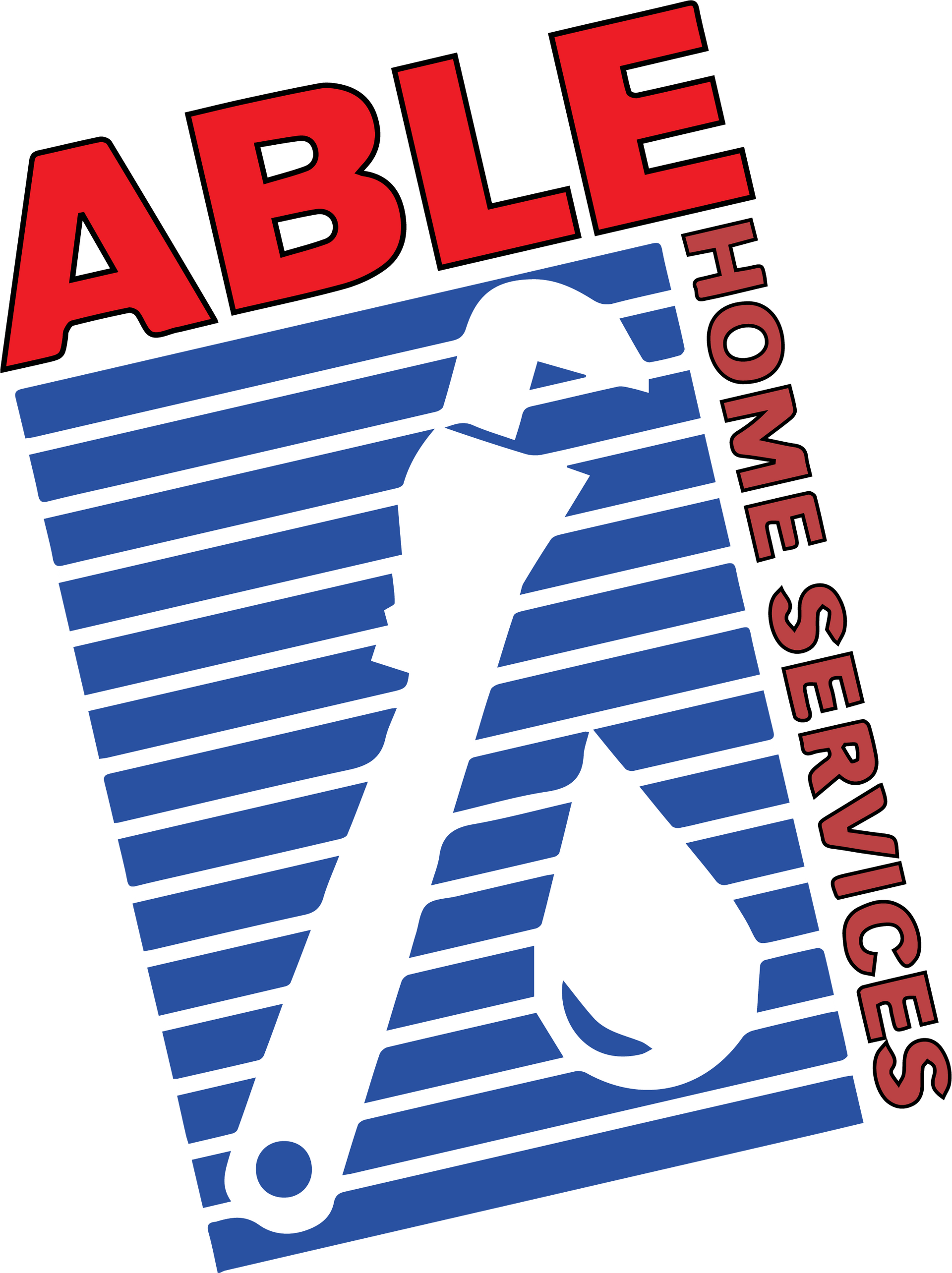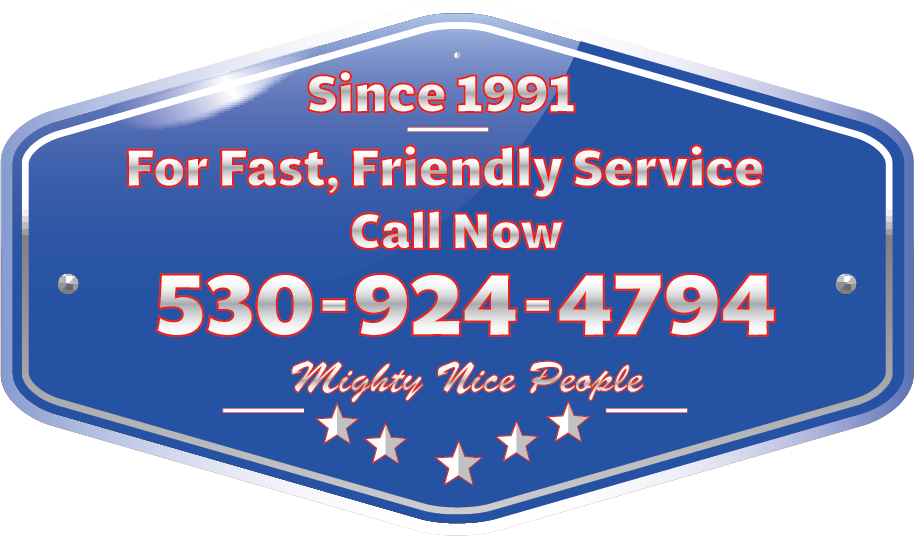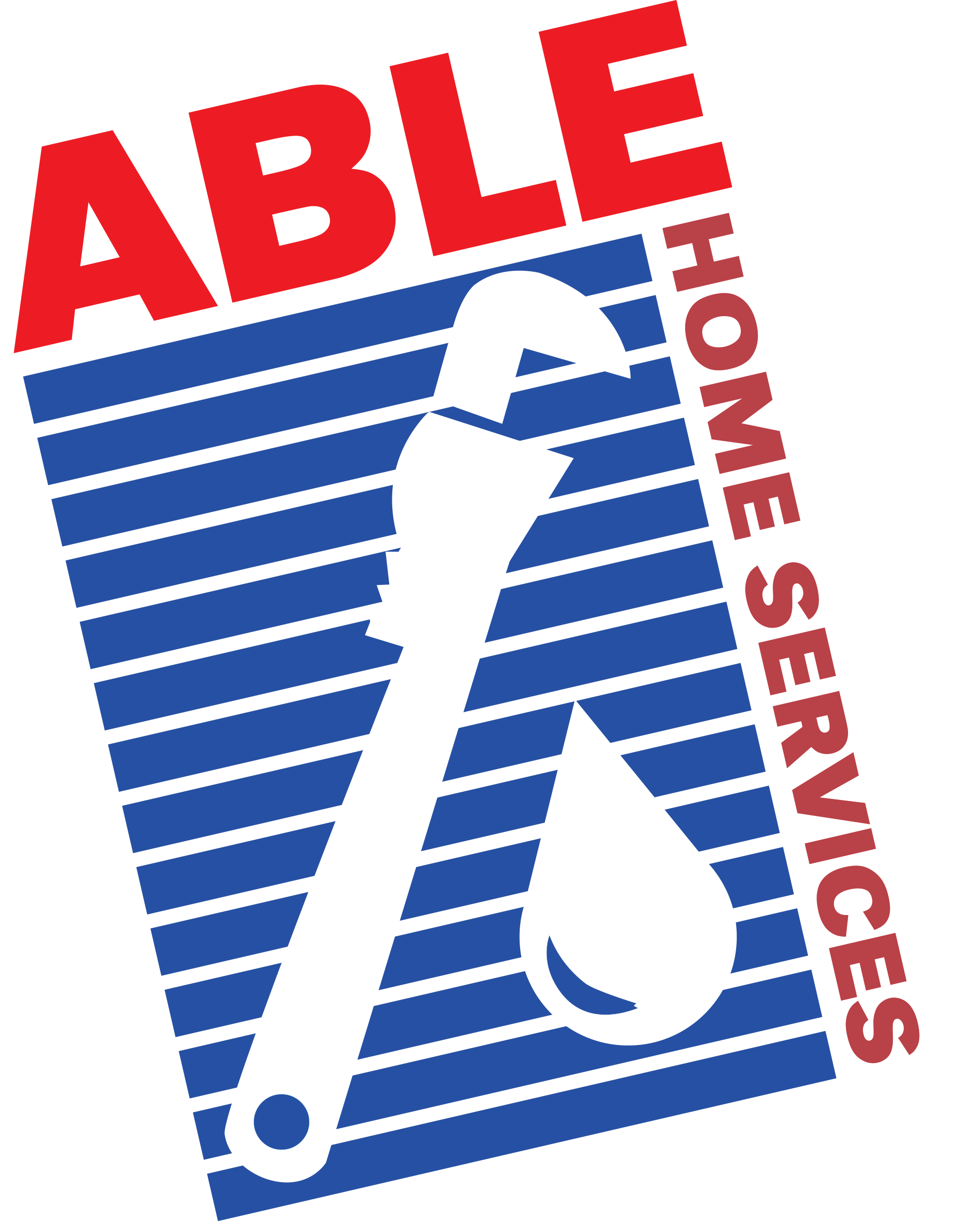Remodels
You'll Be Glad You Called Us First!
Plumbing Considerations for Kitchen and Laundry Room Remodels
Remodeling the kitchen and laundry room can significantly enhance the functionality and aesthetics of these essential spaces in your home. However, beyond the visible upgrades of cabinetry, appliances, and finishes, the success of your remodel also hinges on the less visible, yet crucial, plumbing system. Proper planning and execution of plumbing work ensure that your renovated spaces not only look great but also operate efficiently and safely. This article explores key plumbing considerations for kitchen and laundry room remodels, offering insights to navigate these complex projects successfully. When you are ready to get going on your remodel, consult with the team at Able Home Services. We can assist with all of your plumbing needs!
We include great service guarantees on all our tub and shower work as well.
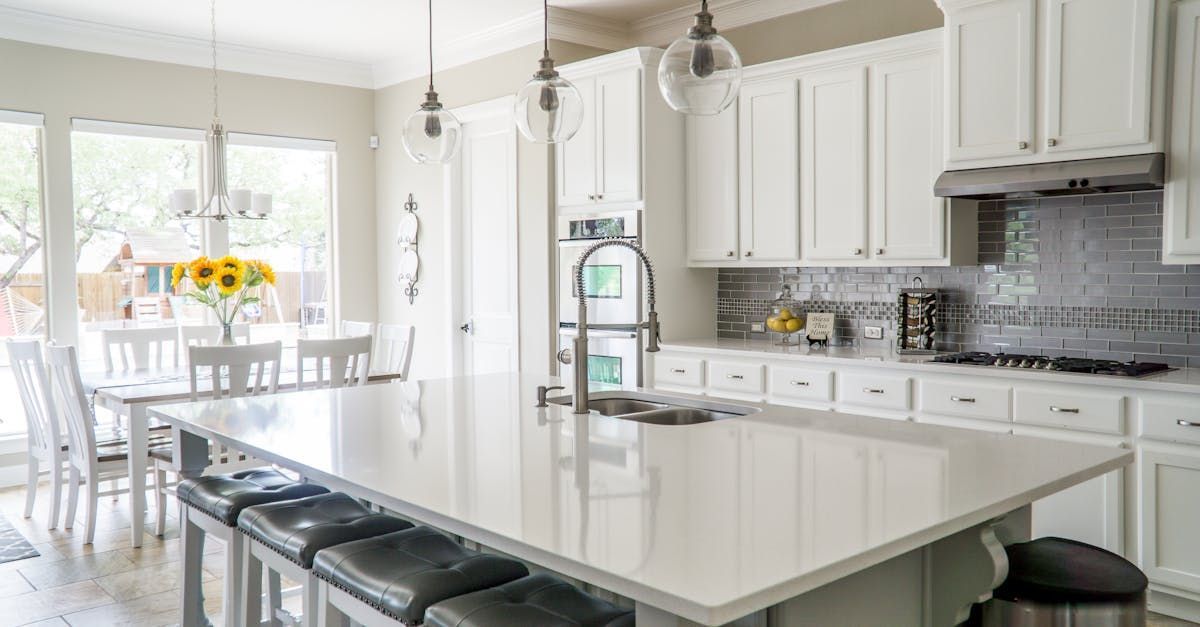
Initial Assessment and Planning
- Evaluate Existing Plumbing: Before any demolition or design work begins, assess the current state of your plumbing. Identify the locations of existing pipes, drains, and fixtures, and determine whether they meet the needs of your new layout or require reconfiguration.
- Professional Inspection: Consider hiring a licensed plumber to inspect your existing plumbing. They can identify potential issues, such as old or non-compliant piping materials, that could impact your remodel.
- Design with Plumbing in Mind: Early in the planning process, integrate plumbing considerations into your layout designs. This includes the placement of sinks, dishwashers, washing machines, and any new fixtures or appliances that require water supply or drainage.
Upgrades and Modifications
- Water Lines: Remodeling offers an opportunity to upgrade old water supply lines to newer, more durable materials, such as copper or PEX tubing, which can improve water quality and reduce the risk of leaks.
- Drainage System: Ensure that your remodel includes adequately sized and properly vented drain lines to handle the wastewater from sinks, dishwashers, and washing machines, preventing backflows and other drainage issues.
- Fixture and Appliance Installation: Choose high-quality fixtures and appliances that comply with current water efficiency standards. Consider the placement of these elements to optimize usability and maintenance access.
- Hot Water Supply: Assess whether your current hot water system can meet the increased demand, if applicable. You might need to upgrade your water heater or consider installing an on-demand hot water system for improved efficiency.
Code Compliance and Permitting
- Building Codes: Familiarize yourself with local building codes related to plumbing. These regulations ensure that plumbing work meets safety and health standards, minimizing the risk of problems down the line.
- Permits: Most plumbing work in kitchen and laundry room remodels requires permits from your local building department. Obtaining the necessary permits before starting work is crucial to avoid fines, delays, and issues with future property sales.
Working with Professionals
While DIY enthusiasts may tackle some aspects of a remodel, plumbing work often requires the expertise of a licensed plumber, especially for significant reconfigurations, installations, and compliance with building codes. Hiring a professional ensures that plumbing work is done correctly, efficiently, and safely, providing peace of mind and safeguarding your investment in the remodel.
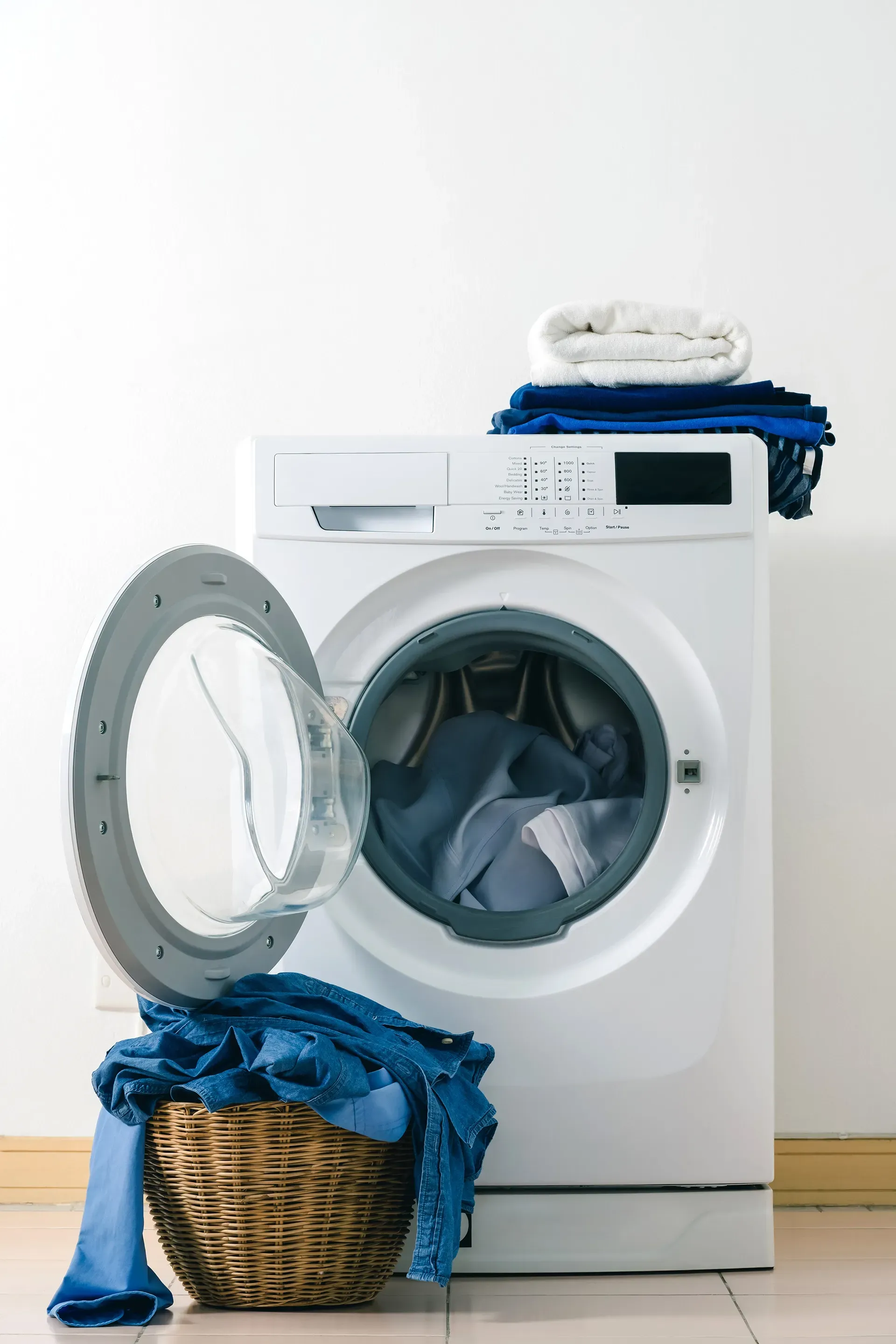
Ready To Get Started?
Plumbing is a fundamental component of any kitchen and laundry room remodel, impacting the functionality, safety, and compliance of the renovated spaces. By carefully assessing your existing system, planning for upgrades and modifications, and adhering to codes and permitting requirements, you can ensure a successful remodel. Remember, when it comes to plumbing, the expertise of a licensed professional is invaluable in achieving the best outcome for your project. ABLE plumbing is ready to help with any of the parts of your remodel that have to do with the plumbing system in your home, so give us a call and let's work on your home updgrade together!
Plumbing Considerations for Kitchen and Laundry Room Remodels
Remodeling the kitchen and laundry room can significantly enhance the functionality and aesthetics of these essential spaces in your home. However, beyond the visible upgrades of cabinetry, appliances, and finishes, the success of your remodel also hinges on the less visible, yet crucial, plumbing system. Proper planning and execution of plumbing work ensure that your renovated spaces not only look great but also operate efficiently and safely. This article explores key plumbing considerations for kitchen and laundry room remodels, offering insights to navigate these complex projects successfully. When you are ready to get going on your remodel, consult with the team at Able Home Services. We can assist with all of your plumbing needs!
We include great service guarantees on all our work as well.
Initial Assessment and Planning
- Evaluate Existing Plumbing: Before any demolition or design work begins, assess the current state of your plumbing. Identify the locations of existing pipes, drains, and fixtures, and determine whether they meet the needs of your new layout or require reconfiguration.
- Professional Inspection: Consider hiring a licensed plumber to inspect your existing plumbing. They can identify potential issues, such as old or non-compliant piping materials, that could impact your remodel.
- Design with Plumbing in Mind: Early in the planning process, integrate plumbing considerations into your layout designs. This includes the placement of sinks, dishwashers, washing machines, and any new fixtures or appliances that require water supply or drainage.
Upgrades and Modifications
- Water Lines: Remodeling offers an opportunity to upgrade old water supply lines to newer, more durable materials, such as copper or PEX tubing, which can improve water quality and reduce the risk of leaks.
- Drainage System: Ensure that your remodel includes adequately sized and properly vented drain lines to handle the wastewater from sinks, dishwashers, and washing machines, preventing backflows and other drainage issues.
- Fixture and Appliance Installation: Choose high-quality fixtures and appliances that comply with current water efficiency standards. Consider the placement of these elements to optimize usability and maintenance access.
- Hot Water Supply: Assess whether your current hot water system can meet the increased demand, if applicable. You might need to upgrade your water heater or consider installing an on-demand hot water system for improved efficiency.
Code Compliance and Permitting
- Building Codes: Familiarize yourself with local building codes related to plumbing. These regulations ensure that plumbing work meets safety and health standards, minimizing the risk of problems down the line.
- Permits: Most plumbing work in kitchen and laundry room remodels requires permits from your local building department. Obtaining the necessary permits before starting work is crucial to avoid fines, delays, and issues with future property sales.
Working with Professionals
While DIY enthusiasts may tackle some aspects of a remodel, plumbing work often requires the expertise of a licensed plumber, especially for significant reconfigurations, installations, and compliance with building codes. Hiring a professional ensures that plumbing work is done correctly, efficiently, and safely, providing peace of mind and safeguarding your investment in the remodel.
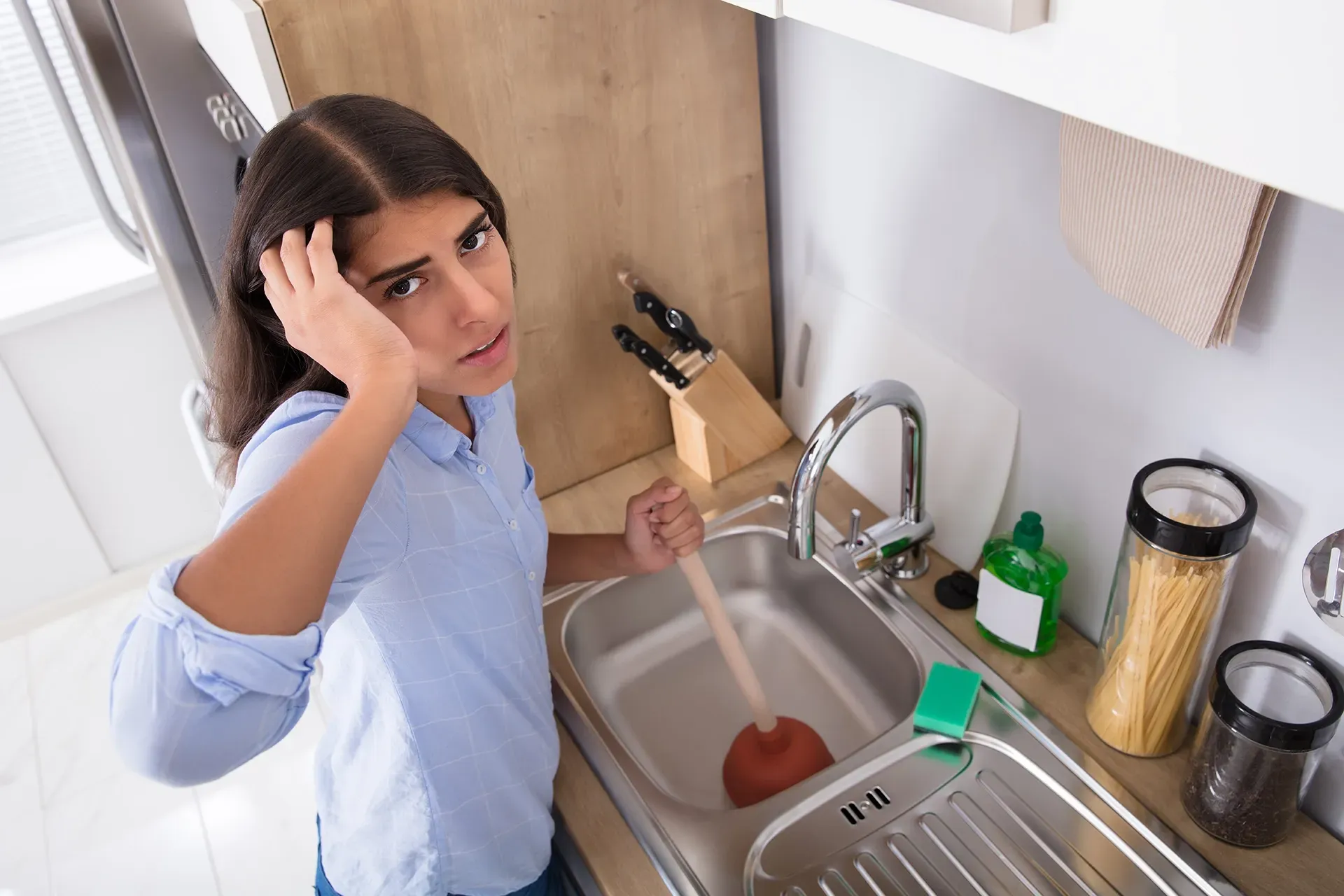
Conclusion
Plumbing is a fundamental component of any kitchen and laundry room remodel, impacting the functionality, safety, and compliance of the renovated spaces. By carefully assessing your existing system, planning for upgrades and modifications, and adhering to codes and permitting requirements, you can ensure a successful remodel. Remember, when it comes to plumbing, the expertise of a licensed professional is invaluable in achieving the best outcome for your project.
